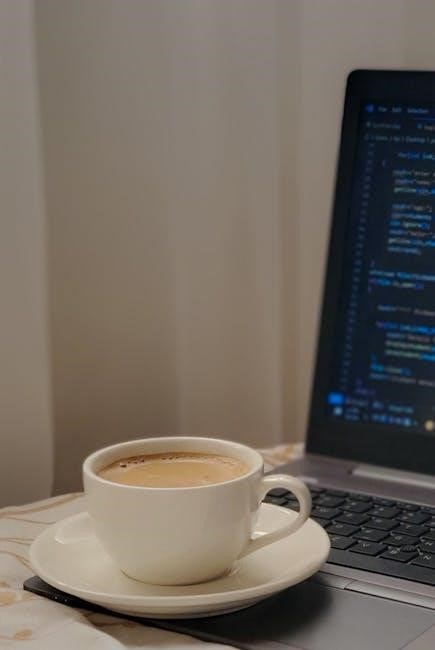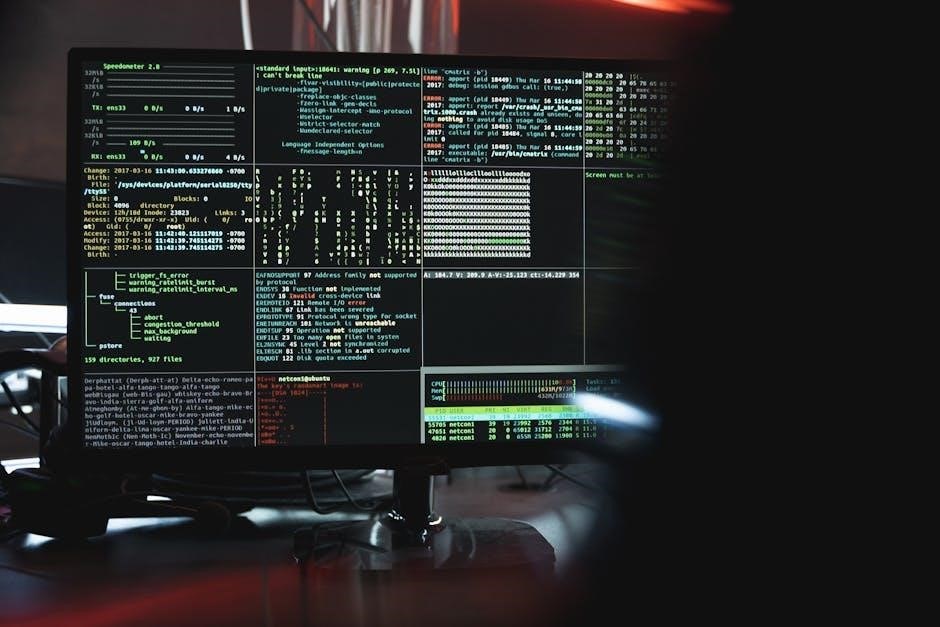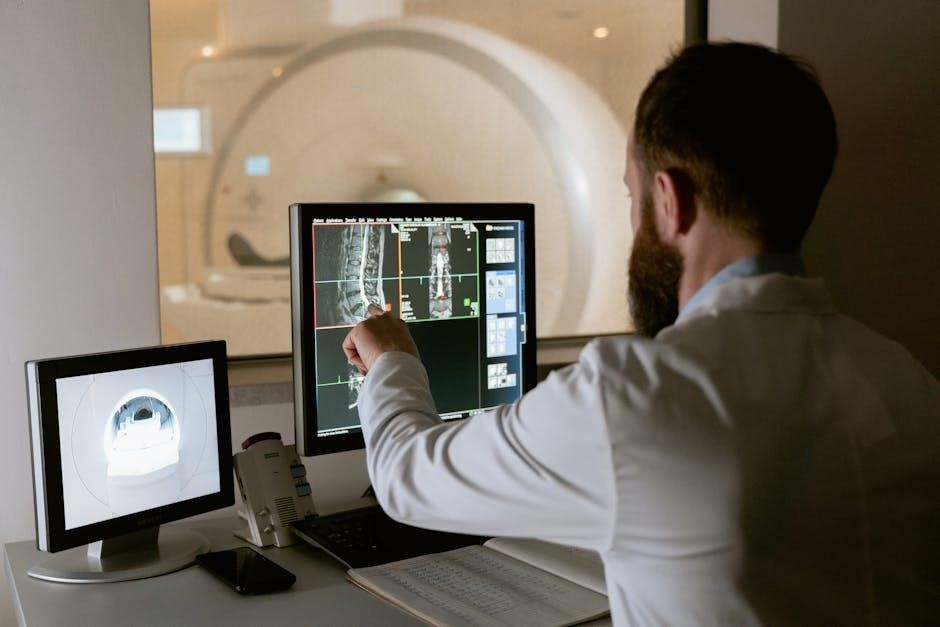When a CT scan is utilized to guide a liver biopsy, specific CPT codes are essential for accurate billing. CPT code 77012 represents the computed tomography guidance, while CPT code 47000 signifies the percutaneous needle biopsy of the liver itself.
What is a CT-Guided Liver Biopsy?

A CT-guided liver biopsy is a minimally invasive medical procedure employed to obtain a small tissue sample from the liver for diagnostic examination. It utilizes computed tomography (CT) scans to visualize the liver in real-time, allowing a radiologist to precisely guide a biopsy needle to a specific area within the organ. This technique offers enhanced accuracy compared to traditional blind biopsies, where the needle is inserted without direct imaging guidance.

The procedure involves the radiologist using the CT scan images to identify the optimal entry point and trajectory for the needle, minimizing the risk of damage to surrounding structures. This targeted approach is particularly valuable for sampling small or deep-seated lesions within the liver.
CT guidance ensures that the tissue sample is obtained from the intended area, improving the accuracy of the diagnosis. It also aids in planning future management strategies based on the biopsy results. The preliminary scan and preparation usually take a short amount of time.
Purpose of CT-Guided Liver Biopsy
The primary purpose of a CT-guided liver biopsy is to obtain a tissue sample for accurate diagnosis and to guide subsequent treatment decisions. Liver biopsies are crucial in the evaluation of both focal and non-focal (parenchymal) liver diseases. They play a key role in diagnosing various diffuse liver conditions, such as hepatitis, cirrhosis, and other inflammatory or metabolic disorders. Furthermore, biopsies are vital in detecting and characterizing liver tumors, differentiating between benign and malignant lesions.
In cases where a new lesion is identified during routine follow-up, a CT-guided biopsy can confirm the diagnosis and determine the appropriate course of action. Additionally, it assists in assessing the severity of liver damage, which is essential for staging liver diseases and predicting prognosis.
By providing detailed information about the liver tissue, the biopsy helps clinicians tailor treatment plans to individual patients, optimizing outcomes and improving overall patient care.
CPT Code 77012: CT Guidance for Biopsy
CPT code 77012 specifically designates radiologic guidance using computed tomography (CT) for needle placement during a biopsy procedure. This code is applied when a CT scan is performed to precisely guide the insertion of a biopsy needle into a targeted area within the body. The CT imaging provides real-time visualization, allowing healthcare providers to accurately locate the lesion and navigate the needle in the safest possible manner.
This guidance is crucial for minimizing the risk of complications and ensuring that the biopsy sample is representative of the targeted tissue. Code 77012 is not limited to liver biopsies alone; it can be used for biopsies in various anatomical locations where CT guidance is employed to enhance precision and safety;
In essence, CPT code 77012 ensures that the radiologic component of the CT-guided biopsy is accurately documented and reimbursed, reflecting the specialized expertise and technology involved in guiding the procedure.
CPT Code 47000: Liver Biopsy, Needle; Percutaneous
CPT code 47000 refers to the “Liver biopsy, needle; percutaneous” procedure. This code is used to specifically document and bill for the act of obtaining a liver tissue sample using a needle through the skin. The percutaneous approach means that the needle is inserted directly through the skin and into the liver, without requiring a surgical incision. This technique is commonly employed to diagnose various liver conditions, including hepatitis, cirrhosis, tumors, and other abnormalities.
When a liver biopsy is performed under CT guidance, as previously described, CPT code 47000 is typically reported in conjunction with CPT code 77012 (CT guidance for biopsy). Code 47000 covers the actual biopsy procedure, while code 77012 covers the imaging guidance that ensures accurate needle placement.
The percutaneous needle biopsy of the liver (47000) is a minimally invasive method that allows for the retrieval of tissue samples for pathological examination, aiding in the diagnosis and management of liver diseases.
Indications for Liver Biopsy
A liver biopsy, often guided by CT imaging for precision, is performed for a variety of diagnostic purposes. One primary indication is to evaluate unexplained abnormalities in liver function tests, such as elevated levels of liver enzymes. When blood tests suggest liver damage or dysfunction, a biopsy can help determine the underlying cause and the extent of the damage.
Liver biopsies are also crucial in diagnosing and staging various liver diseases, including hepatitis (viral, autoimmune, or drug-induced), cirrhosis, and non-alcoholic fatty liver disease (NAFLD). In cases of suspected liver tumors or masses, a biopsy can confirm whether the lesion is benign or malignant, and if malignant, determine the specific type of cancer.
Furthermore, a liver biopsy may be indicated to assess the severity of liver damage in patients with known liver conditions, to monitor the effectiveness of treatment, or to investigate suspected liver transplant rejection. The procedure helps in making informed decisions regarding patient management and treatment strategies.
Procedure Overview
A CT-guided liver biopsy is a minimally invasive procedure performed by a radiologist. The patient typically lies on their back or side on a CT scanner table. Initially, a preliminary CT scan is performed to pinpoint the precise location within the liver from which the tissue sample needs to be obtained, ensuring the safest and most accurate approach.
The skin over the biopsy site is then cleaned and sterilized. Local anesthesia is administered to numb the area, minimizing discomfort during the procedure. Using real-time CT imaging, the radiologist guides a thin needle through the skin and into the targeted area of the liver. Several small tissue samples are usually collected to ensure sufficient material for analysis.

Once the biopsy is complete, the needle is removed, and pressure is applied to the puncture site to prevent bleeding. A sterile dressing is applied. The patient is then monitored for a few hours to watch for any immediate complications. The entire process, including preparation, biopsy, and initial monitoring, usually takes about one to two hours.
Advantages of CT Guidance
CT guidance offers several significant advantages over blind percutaneous liver biopsies; The primary benefit is enhanced precision. CT scans provide real-time, detailed images of the liver, allowing the radiologist to visualize the exact location of the targeted lesion or area of interest. This precision minimizes the risk of missing the target and increases the likelihood of obtaining a representative tissue sample.
Furthermore, CT guidance enables the radiologist to avoid vital structures, such as blood vessels and bile ducts, reducing the risk of complications like bleeding or bile leakage. This is particularly crucial when biopsying lesions located deep within the liver or near critical anatomical structures.
CT guidance is also beneficial for patients with complex anatomy or those who have previously undergone liver surgery. The detailed imaging allows the radiologist to navigate around any anatomical variations or surgical alterations. Overall, CT guidance improves the accuracy, safety, and efficacy of liver biopsies, leading to better diagnostic outcomes.
Coding Considerations
When coding for a CT-guided liver biopsy, it’s crucial to accurately represent all aspects of the procedure to ensure appropriate reimbursement. The primary codes involved are CPT code 77012, which denotes radiologic guidance for computed tomography, and CPT code 47000, representing the percutaneous needle biopsy of the liver.
It’s essential to confirm that the documentation clearly supports the use of both codes. The report should detail the use of CT imaging to guide the needle placement and confirm the biopsy was performed percutaneously. Additionally, payers may have specific guidelines regarding the use of modifiers, such as the -26 modifier for the professional component of the radiologic service, if the radiologist only interprets the images and doesn’t perform the biopsy.

Furthermore, it’s important to be aware of any bundling issues or specific payer policies that may affect reimbursement. Some payers might consider the guidance inclusive to the biopsy, so it is important to confirm the most current regulations.
Risks and Complications
While CT-guided liver biopsies are generally safe, it’s important to acknowledge potential risks and complications. The most common complication is pain or discomfort at the biopsy site, which is usually temporary and manageable with medication. Bleeding is another potential risk, especially in patients with clotting disorders or those taking blood-thinning medications. In rare cases, bleeding may be significant enough to require a transfusion or further intervention.
Infection is also a possibility, although the risk is minimized by using sterile techniques. Other less common complications include injury to adjacent organs, such as the gallbladder or lung, and the development of a hematoma or biloma (a collection of bile) at the biopsy site. On very rare occasions, a more serious complication like peritonitis or sepsis can occur.
Patients should be thoroughly informed about these risks before undergoing the procedure, and appropriate precautions should be taken to minimize their likelihood.


